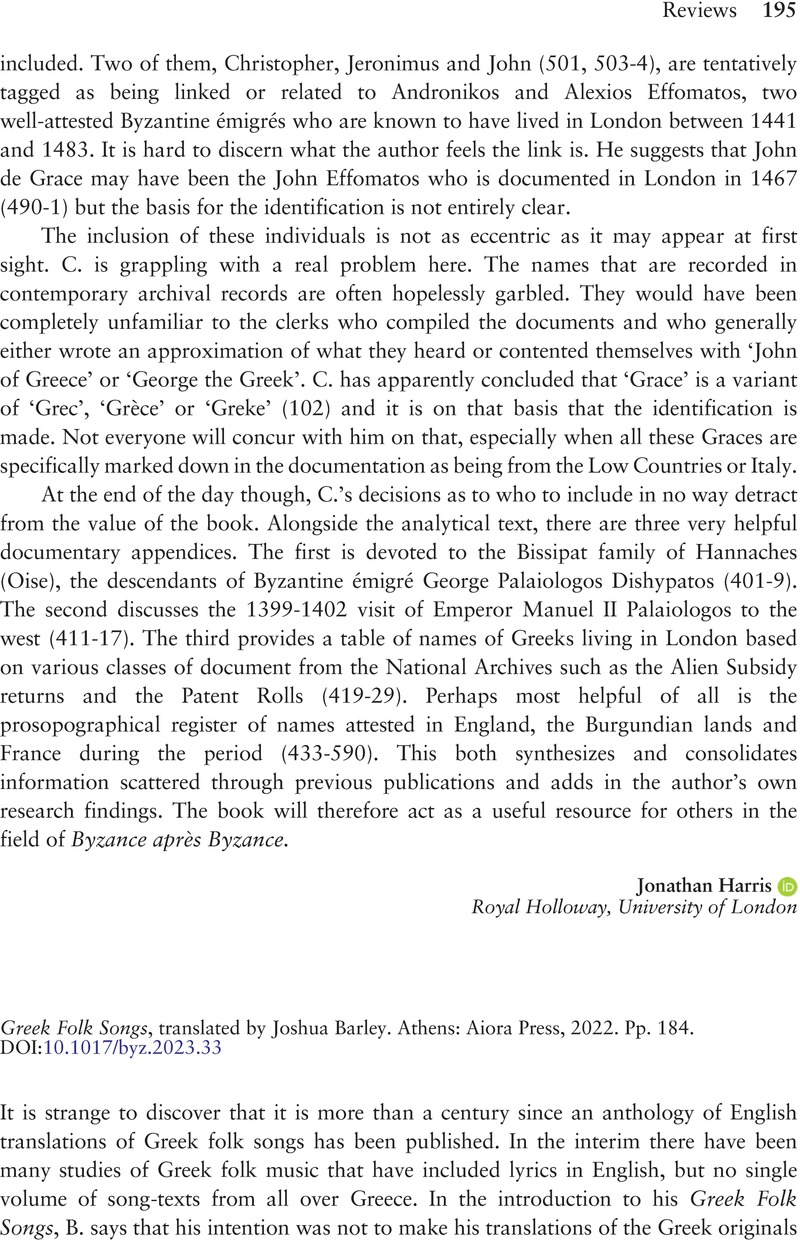No CrossRef data available.
Published online by Cambridge University Press: 22 December 2023

1 One theory is that before the Pillars of Hercules were closed, Bronze Age traders sailed to Cornwall to purchase tin, and musical exchanges took place between sailors.